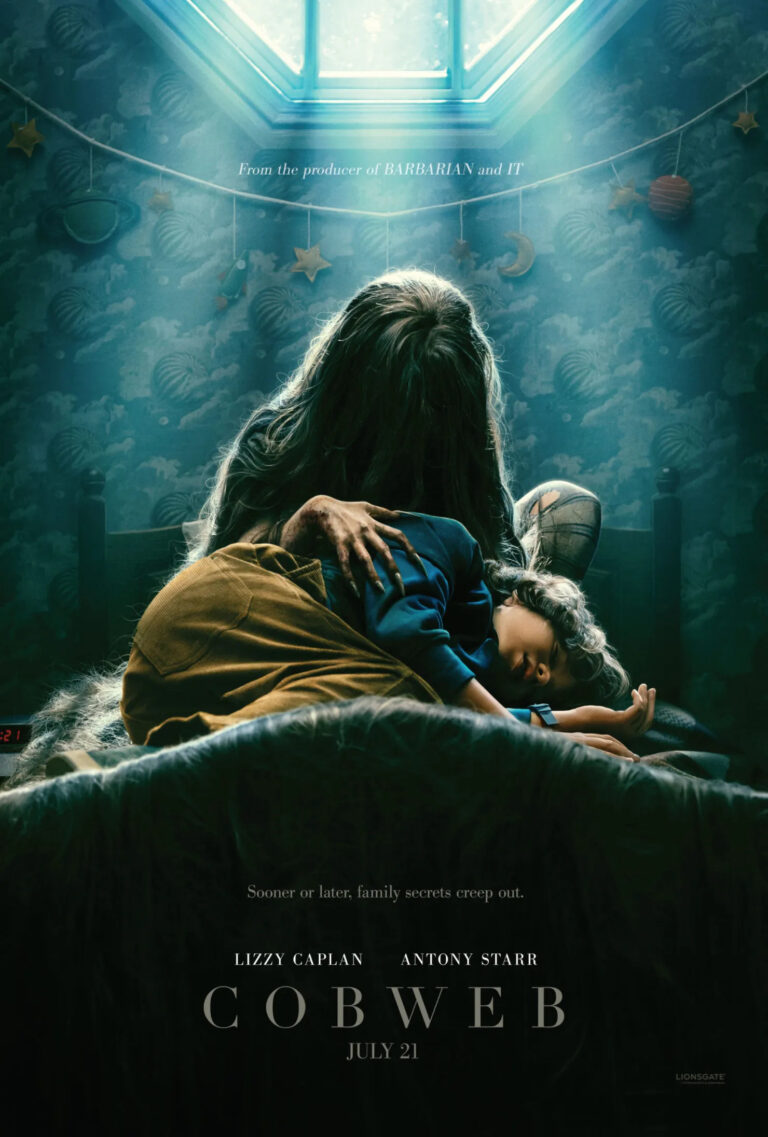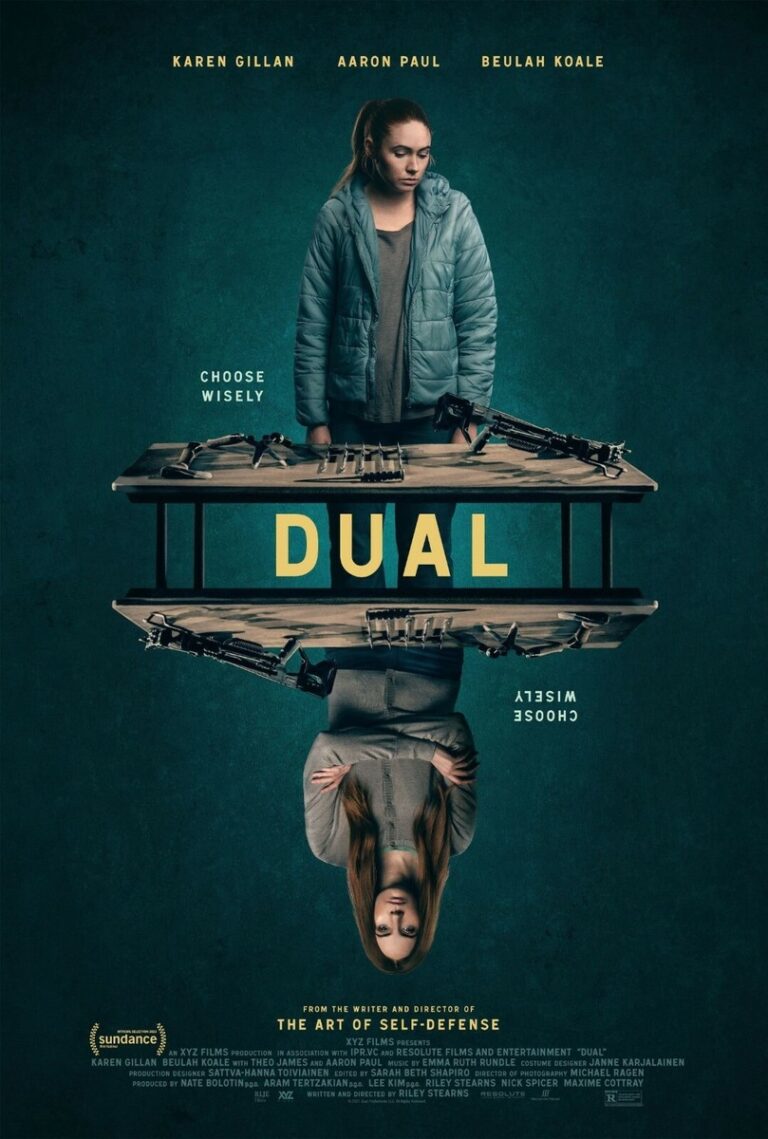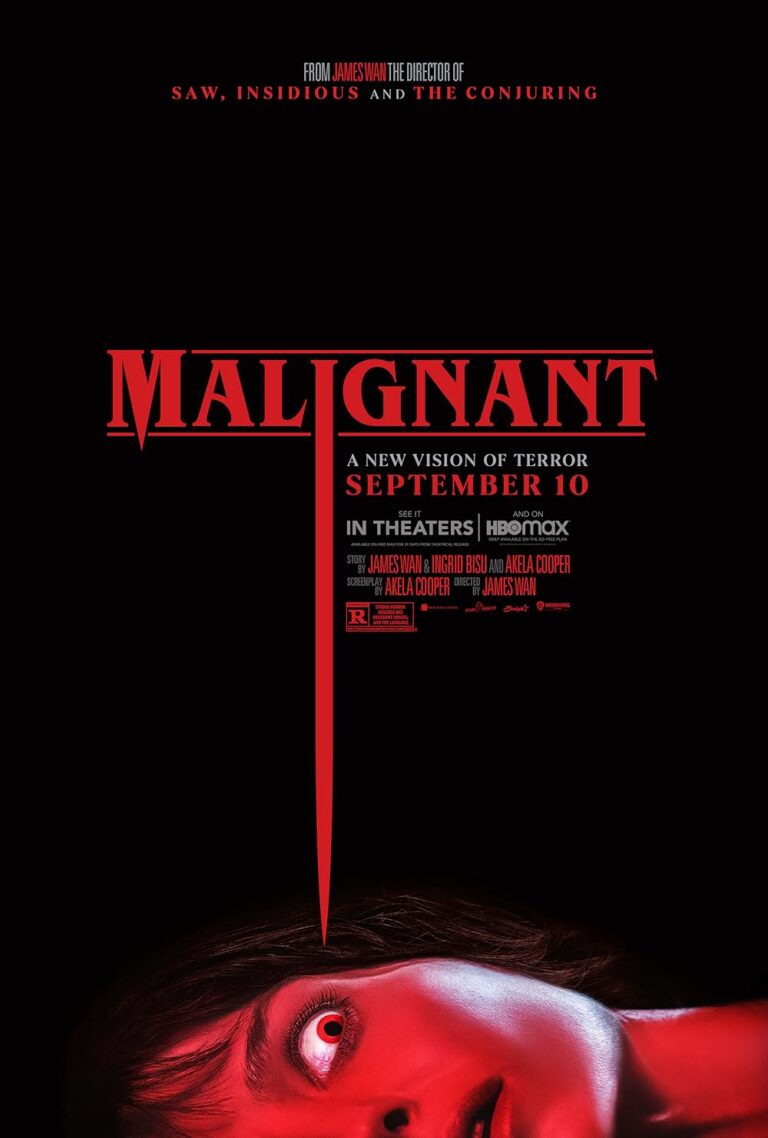1408 is a 2007 American psychological horror film based on Stephen King‘s 1999 short story of the same name. It is directed by Swedish director Mikael Håfström and stars John Cusack, Samuel L. Jackson, Mary McCormack, Tony Shalhoub, Len Cariou, Isiah Whitlock, Jr., and Jasmine Jessica Anthony. The film was released in the United States on June 22, 2007, although July 13 is mentioned as the release date on the website.
The film follows Mike Enslin, an author who specializes in the horror genre. His career is essentially based on investigating allegedly haunted houses, although his repeatedly fruitless studies have left him disillusioned and pessimistic. Through an anonymous warning via postcard, Mike learns of the Dolphin Hotel in New York City, which houses the infamous “Room 1408”. Interested but skeptical, he decides to spend one night in the room, although manager Gerald Olin warns him strongly against it. The film follows Mike’s series of bizarre experiences in room 1408.
source: https://en.wikipedia.org/wiki/1408
Movie Summary: “Room 1408”
“Room 1408” is an electrifying cinematic journey that plunges its protagonist, and by extension, its audience, into a maelstrom of psychological terror. Loosely based on the short story by the master of horror, Stephen King, this film uniquely blends the supernatural with the profoundly human, crafting an intricate tale that touches upon the nature of reality, perception, and the limits of human endurance.
Introduction to the Mundane:
The movie commences with the mundane life of Mike Enslin, an established, albeit jaded, author of books that investigate allegedly haunted places. Over the course of his career, Mike has developed a trademark skepticism; despite his numerous encounters with supposedly “haunted” sites, he remains unimpressed, holding onto a staunch belief that the supernatural is mere superstition.
His works often carry a cynical tone, challenging the authenticity of legends and dismissing the experiences of those who claim to have encountered the paranormal. His readers are drawn to his methodical debunking of myths, but beneath the surface, there’s an undercurrent of personal pain that drives Mike’s disbelief.
A New Challenge:
It’s against this backdrop that Mike becomes aware of the notorious Room 1408 at the Dolphin Hotel in New York City. The room is shrouded in dark rumors, with a history of numerous unexplained deaths and even more guests never lasting more than an hour inside. Yet, the management of the Dolphin Hotel vehemently discourages guests from staying in that particular room.
For Mike, Room 1408 presents itself as the ultimate challenge. Fueled by a mix of professional curiosity and personal defiance, he decides to spend a night in the room, dismissing warnings from the hotel’s manager, Gerald Olin. Olin’s ominous reluctance and earnest attempts to dissuade Mike only bolster his determination.
Descent into Madness:
The heart of the film takes place within the confines of Room 1408. At first glance, the room is unremarkable, almost disappointingly so for Mike. But as time progresses, the room transforms. The line between the real and the unreal blurs as Mike encounters a series of increasingly disturbing events.
The room seems to have an intelligence, a malevolent consciousness, shifting and morphing, playing with Mike’s perceptions and emotions. It’s not just about ghostly apparitions or inanimate objects moving on their own; the room delves deep into Mike’s psyche, unearthing suppressed memories, reigniting past traumas, and bringing to life his darkest fears.
A Reflection of the Past:
Through a series of hallucinations and surreal experiences, the audience is introduced to Mike’s past and the personal tragedies that have shaped him. These memories, interwoven with the room’s tricks, create an emotional labyrinth. The room becomes a mirror, reflecting Mike’s regrets, guilt, and unresolved emotions.
The genius of “Room 1408” is in its ambiguity. It’s never quite clear whether the horrors Mike experiences are genuine paranormal phenomena or a manifestation of his deteriorating mind. This narrative choice makes the movie a psychological puzzle, keeping the audience constantly questioning and engaged.
Battle for Survival:
As hours tick by, Mike’s initial skepticism transforms into desperation. His battle is not just against the chilling events of the room but also against his unraveling sanity. The room challenges his beliefs, his resilience, and his very will to survive. It becomes a race against time as Mike seeks a way out of the claustrophobic nightmare, with the audience fervently hoping for his escape.
Themes and Symbolism:
“Room 1408” is rich in symbolism. The room can be seen as a metaphor for the human mind, with its layers of memories, fears, and regrets. It challenges the concept of reality, urging the viewer to ponder how much of our perceived reality is objective and how much is shaped by our beliefs and past experiences.
Furthermore, the film touches upon themes of grief, redemption, and acceptance. It raises the question of whether confronting one’s past and inner demons can lead to catharsis or whether some traumas are too deeply ingrained to ever truly overcome.
Conclusion:
While “Room 1408” is undeniably a horror film, it stands out in the genre due to its profound psychological depth. It is as much a journey into the intricacies of the human mind as it is a tale of the supernatural.
Director Mikael Håfström masterfully crafts an atmosphere of increasing tension, with the claustrophobic setting of the room amplifying the sense of dread. The film benefits from a gripping performance by John Cusack, who portrays Mike Enslin’s transformation from a skeptic to a tormented soul with remarkable nuance.
In essence, “Room 1408” is a cinematic exploration of the internal and external monsters that plague humanity. It leaves viewers with lingering questions about the nature of reality and the inner workings of their minds, ensuring that the film’s impact resonates long after its chilling climax.




